Food pathogenic microorganisms are among the most critical factors in food safety, and their rapid detection has always been a major focus of research. In recent years, advances in automation and speed have transformed traditional methods that relied on culture media, which were time-consuming and labor-intensive. Modern techniques now combine microbiology, chemistry, molecular biology, biophysics, immunology, and serology to isolate, detect, identify, and count microorganisms more efficiently, offering faster, simpler, and more sensitive results.
First, the "Dry Film Method"
The dry film method is a quick and reliable technique that uses non-toxic polymer materials as carriers. A specific medium and color-developing agents are attached to these films. Microbial growth and color reactions on the medium help identify and quantify microorganisms. This method is widely used for on-site testing due to its accuracy, ease of use, no need for reagent preparation, and low cost. It’s ideal for laboratories, production sites, and field environments.
Application: Total colony test strips, coliform test strips, Salmonella test strips, Staphylococcus aureus test strips, E. coli group test papers for tableware, and coliform test papers for water quality.
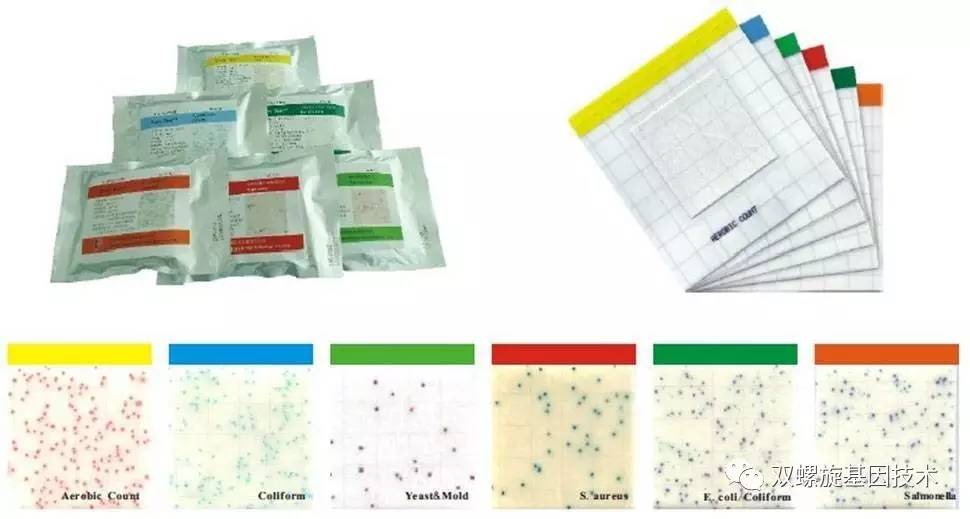
Second, the Colloidal Gold Method
Colloidal gold immunoassay uses colloidal gold as a label for antigen-antibody reactions. It offers high specificity and sensitivity, making it suitable for on-site screening. However, it requires customized reagents for each target, which limits its widespread use. Additionally, the cost is relatively high, and detection limits can be an issue. Despite these challenges, it's still used in some applications like Salmonella and Staphylococcus tests.
Application: Rapid test cards for Staphylococcus aureus and Salmonella.
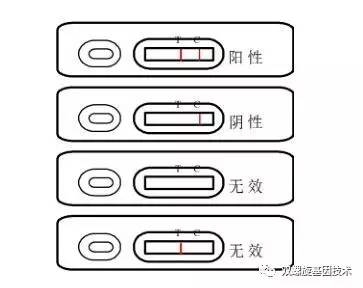
Third, Enzyme-Linked Immunosorbent Assay (ELISA)
ELISA is a solid-phase immunoassay that combines the specificity of antigen-antibody interactions with the catalytic efficiency of enzymes. It allows for both qualitative and quantitative detection of antigens and antibodies. This method is widely used in food safety testing for pathogens such as Salmonella, E. coli, and Legionella.
Application: Test kits for Salmonella, E. coli, and Legionella.
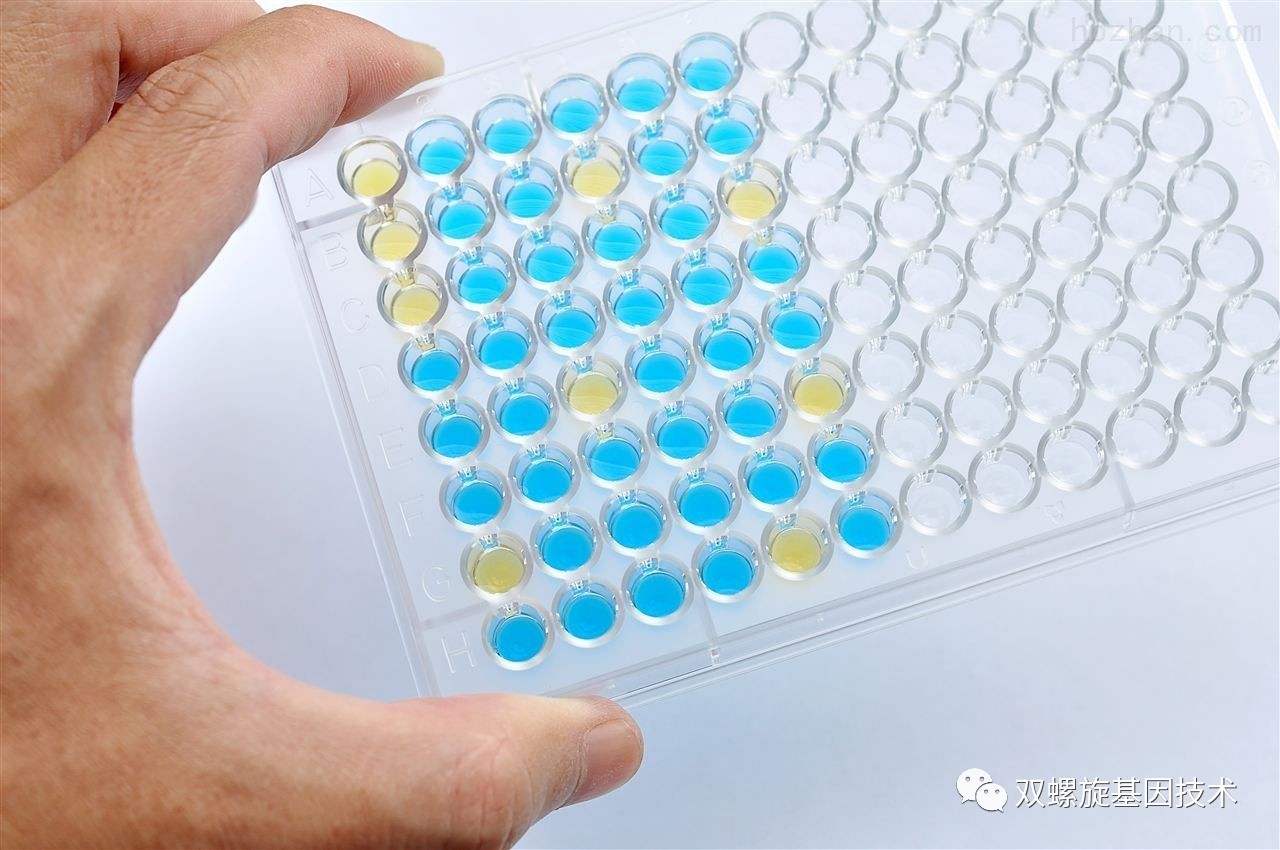
Fourth, Nucleic Acid Methods
(1) Polymerase Chain Reaction (PCR) Technology
Since its development in 1985, PCR has become a cornerstone in molecular biology. By using specific primers, DNA polymerase, and nucleotides, PCR amplifies target DNA sequences through repeated cycles of denaturation, annealing, and extension. After 30–50 cycles, the DNA can be amplified millions of times, making it highly effective for detecting microorganisms in food samples.
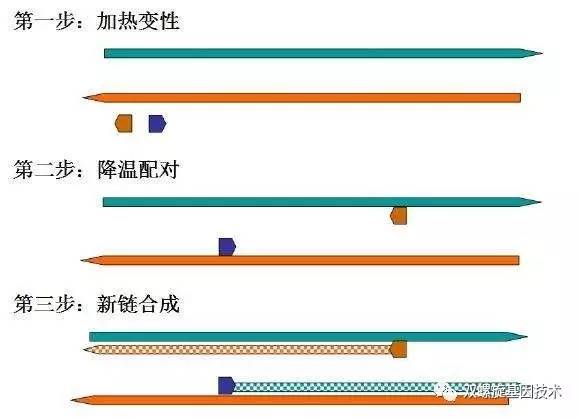
(2) Loop-Mediated Isothermal Amplification (LAMP)
Introduced in 2000, LAMP is a simple and fast nucleic acid amplification technique that operates at a constant temperature. It eliminates the need for expensive equipment and gel electrophoresis, making it ideal for field use. Its high sensitivity and specificity make it a promising tool in microbial detection.
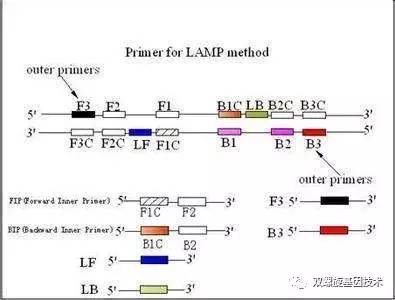
(3) Nucleic Acid Probe Method
This method involves hybridizing labeled probes with target DNA or RNA sequences. If the sequences match, the probe binds, allowing detection of pathogens such as E. coli and Salmonella. It's a powerful tool for identifying known genetic markers in unknown samples.
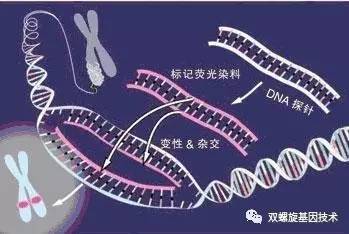
(4) Gene Chip Method
Gene chips allow for high-throughput detection by immobilizing thousands of DNA probes on a small surface. They enable simultaneous analysis of multiple targets, offering speed and precision. However, the high cost and complexity limit their use to specialized labs.
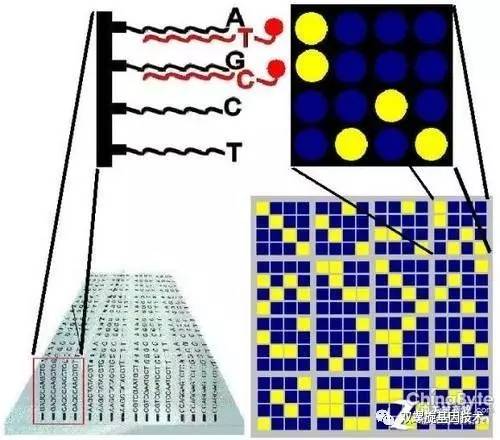
Currently, companies like Guangzhou Double Helix Gene Technology use nucleic acid-based methods, including PCR and LAMP, to develop advanced tools for detecting foodborne pathogens such as Salmonella, Shigella, and Listeria.
All images are sourced from the internet;
References:
1. Li Shaowen “Food Microbial Rapid Detection Technologyâ€
2. Shi Song, Shi Lei “Application of Rapid Detection Technology in Food Safety Managementâ€
Lenovo Chromebook 300E Gen2 AST
Lenovo Chromebook 300E Gen2 replacement parts,Lenovo Chromebook 300E,Lenovo Chromebook 300E Gen2 AST parts
S-yuan Electronic Technology Limited , https://www.syuanelectronic.com
